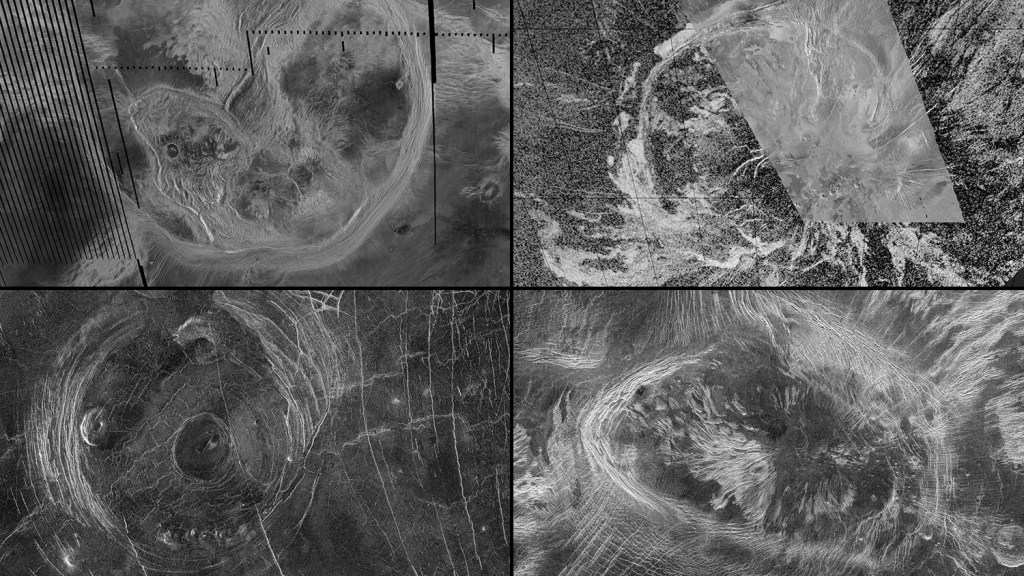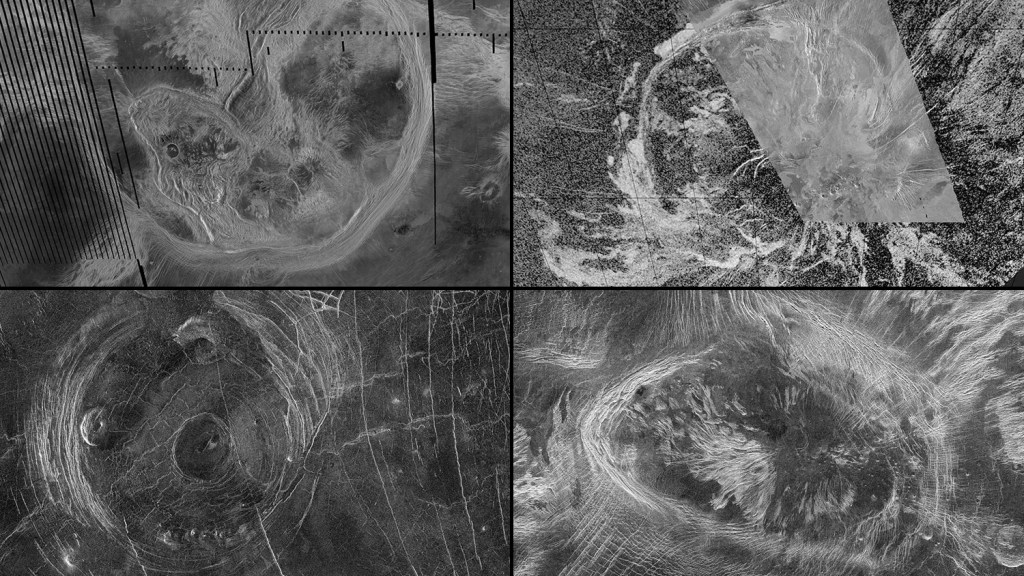## Sun’s Fury: We’re Entering a New Solar Cycle – and This Time, it’s Personal.
The sun, our life-giving star, isn’t always the gentle giant we imagine. It’s a fiery ball of plasma, constantly churning and crackling with energy. This energy manifests in solar flares and coronal mass ejections, powerful bursts that can disrupt our planet’s delicate tech systems, leaving satellites offline and plunging us into digital darkness.

Observing the Sun: NASA’s Role

Understanding the Sun’s complex behavior is crucial for predicting and mitigating the impacts of space weather. NASA plays a vital role in this endeavor through its continuous observation of the Sun and the development of sophisticated space weather prediction models.
One of NASA’s most important tools for solar observation is the Solar Dynamics Observatory (SDO), a spacecraft launched in 2010. The SDO orbits Earth, providing a constantly updated view of the Sun’s surface and atmosphere. Its suite of high-resolution instruments captures images and data across a wide range of wavelengths, allowing scientists to study solar flares, coronal mass ejections, sunspots, and other solar phenomena in unprecedented detail.

The Solar Dynamics Observatory: Witnessing the Storm
The SDO’s observations have revolutionized our understanding of the Sun and its influence on Earth. For example, the SDO captured the powerful solar flare that peaked on May 13, 2025, at 11:38 a.m. ET. This event, along with countless others, highlights the Sun’s immense power and the potential for its activity to disrupt our technological infrastructure.
The SDO’s data is not only used for scientific research but also for space weather forecasting. By analyzing the Sun’s activity patterns, scientists can issue alerts about potential space weather events, giving critical lead time for mitigating their impacts.

Predicting the Unpredictable: Models and Uncertainties
Despite significant advancements in our understanding of the Sun and space weather, predicting solar activity with absolute accuracy remains a challenge. Solar cycles, which typically last about 11 years, exhibit variations in their intensity and duration, making it difficult to forecast the timing and magnitude of solar storms.
To improve space weather predictions, scientists rely on sophisticated computer models that simulate the Sun’s behavior and its interactions with Earth’s magnetosphere. These models incorporate data from observations like the SDO, as well as theoretical understanding of solar physics.
However, models are still subject to uncertainties due to the inherent complexity of the Sun and the limitations of our current knowledge. Consequently, space weather forecasts often provide a range of possible outcomes, reflecting the inherent uncertainty in predicting these events.

Implications and Impacts: Preparing for the Solar Storm
Space Weather and its Effects on Technology
Space weather, driven by the Sun’s activity, can have profound impacts on our technological infrastructure. Solar storms, characterized by powerful bursts of energy and charged particles, can disrupt radio communications, damage satellites, and induce voltage fluctuations in power grids.

Satellites at Risk: Lifespans and Orbital Drag
Satellites in low Earth orbit are particularly vulnerable to the effects of space weather. The increased drag caused by solar storms can shorten the lifespan of satellites, forcing them to deorbit sooner than anticipated. This poses a challenge for satellite operators, who rely on these spacecraft for a wide range of services, including communication, navigation, and Earth observation.

Protecting Our Infrastructure: Mitigating Space Weather Disruptions
Recognizing the potential risks posed by space weather, various organizations and industries are taking steps to mitigate these disruptions. This includes developing more robust satellite shielding, implementing hardened power grids, and establishing early warning systems to provide timely alerts about impending space weather events.
The space weather prediction models developed by NASA and other agencies play a crucial role in informing these mitigation efforts. By providing timely and accurate forecasts, these models enable organizations to take proactive measures to protect their infrastructure and minimize the impact of space weather storms.
Conclusion
Solar Cycle 25, now in full swing, promises to be a fascinating period of heightened solar activity. From increased sunspot numbers and solar flares to the potential for impactful geomagnetic storms, this cycle will undoubtedly test our understanding of the Sun’s influence on Earth. NASA’s dedicated observations and research efforts, outlined in their comprehensive report, provide invaluable insights into the complex mechanisms driving these phenomena. Understanding these mechanisms is crucial not only for predicting the potential disruptions to our technology-dependent world but also for refining our models of the Sun’s behavior and its role in the wider solar system. As we navigate this amplified solar cycle, the implications are far-reaching. Power grids, satellite communications, and even our understanding of climate change could be significantly impacted by the Sun’s increased activity. This cycle serves as a stark reminder of our interconnectedness with the cosmos, highlighting the need for continued scientific exploration and technological preparedness. The Sun, a seemingly constant presence in our lives, holds within it a dynamic and often unpredictable power. By studying its cycles and understanding its influence, we can not only protect our infrastructure but also gain a deeper appreciation for the complex and awe-inspiring forces that shape our universe.

